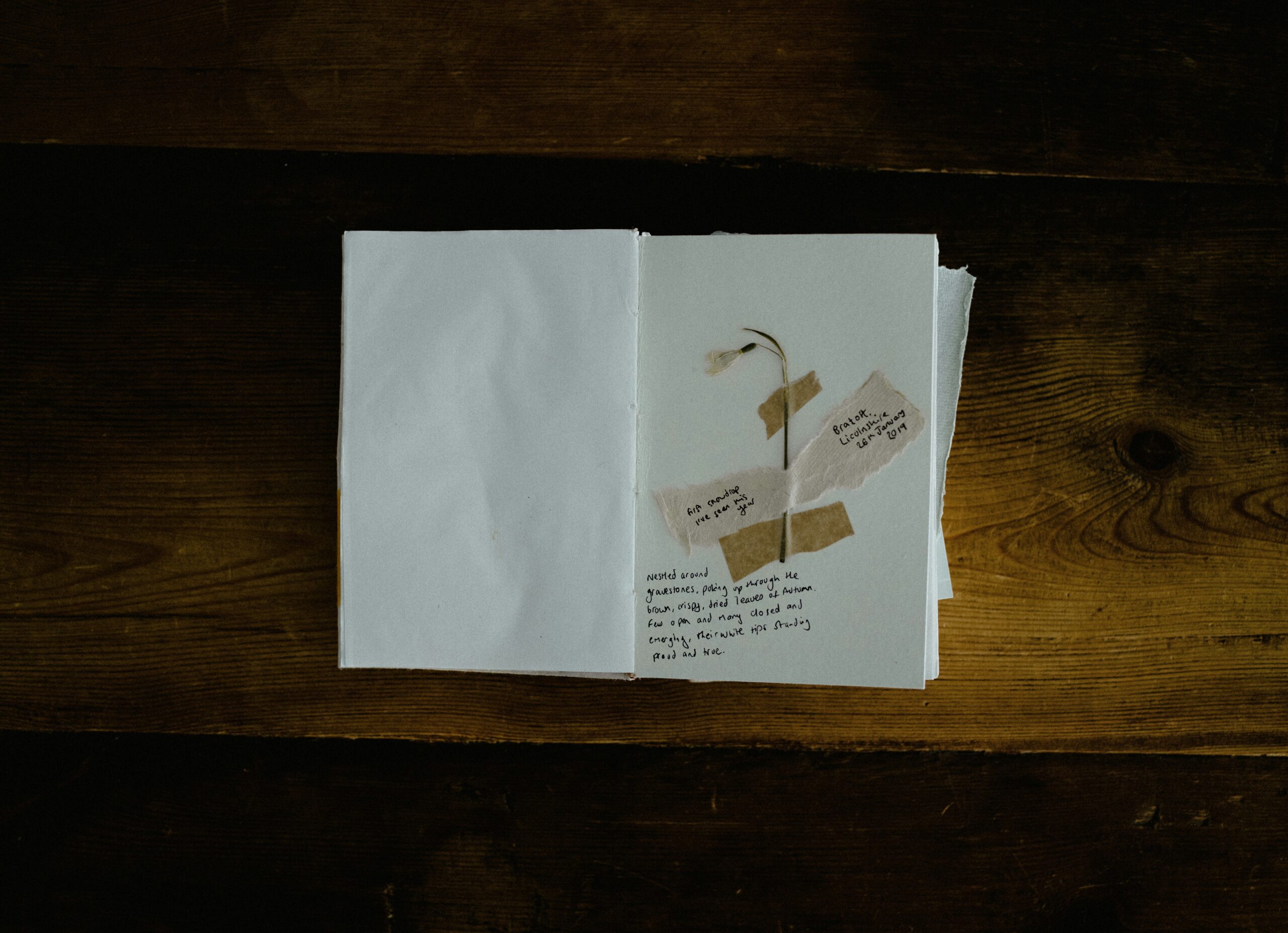“Ever spent hours drafting the perfect productivity plan on paper, only to lose it under a pile of sticky notes? Yeah, we’ve all been there.”
We’ve relied on pen-and-paper methods for decades to sketch communication plans and map out productivity workflows. But in today’s fast-paced digital world, these analog processes can feel as ancient as sending smoke signals. Enter research apps designed specifically to boost your productivity while keeping your health & wellness intact.
In this blog post, we’ll walk you through why paper-based communication plans might be holding you back—and how leveraging the right tools can revolutionize your approach. We’ll cover:
- The Problem with Traditional Paper Plans
- A Step-by-Step Guide to Using Research Apps
- Tips for Choosing the Right App
- Real-Life Examples That Worked
- Your Burning Questions Answered
Table of Contents
- The Problem with Traditional Paper Plans
- Step-by-Step Guide to Mastering Research Apps
- Best Practices for App Selection
- Case Studies: Real Success Stories
- Frequently Asked Questions (FAQs)
Key Takeaways
- Paper communication plans are prone to inefficiencies like clutter and poor accessibility.
- Research apps provide structured, digital platforms for better organization and tracking.
- Choosing the right app requires aligning features with your specific needs, such as visualization tools or team collaboration.
- Examples show significant improvements in both productivity and personal well-being when switching from paper to app-based systems.
What’s Wrong with Old-School Paper-Based Communication Plans?
Let’s face it—paper isn’t cutting it anymore. While there’s something comforting about scribbling down ideas by hand, here’s the brutal truth:
- Risk of Loss: Papers get misplaced, torn, or buried under a mountain of other documents.
- Lack of Collaboration: Sharing your genius thoughts with teammates means photocopying—or worse, retyping everything manually.
- No Analytics: Ever tried running metrics on a piece of notebook paper? Yeah, good luck with that.

“Pro Tip: If your desk looks like a tornado hit a filing cabinet, it’s time to rethink your system.” – Grumpy Optimist
How Do You Transition to Research Apps Effectively?
Moving from paper to digital doesn’t have to mean dumping years of habits overnight. Here’s how to ease into it:
Step 1: Identify Pain Points
Ask yourself: What frustrates you most about managing your current projects via paper? Is it losing track of deadlines? Inability to share updates easily?
Step 2: Choose an App Aligned with Your Goals
Research apps come in endless varieties, so pick one tailored to your use case. For instance:
- Notion: Great for building databases, goal trackers, and collaborative spaces.
- Trello: Perfect if you want visual boards to manage tasks.
- Miro: Ideal for brainstorming sessions and mind mapping.
Step 3: Create Templates for Consistency
Avoid reinventing the wheel every time you start a new project. Many apps let you design reusable templates that streamline workflow creation.

Tips for Selecting the Best Research App
- Free Trials Matter: Always test before committing financially.
- User Interface Counts: The fanciest app is useless if it’s harder to navigate than IKEA instructions.
- Integration Capabilities: Ensure the app works seamlessly with tools you already love, like Google Drive or Slack.
Protip: Don’t fall for “one-size-fits-all” promises unless they genuinely fit YOUR size!
Case Studies: People Who Said Goodbye to Paper Plans… And Thrived
Meet Sarah, a freelance writer who was drowning in sticky notes until she discovered Roam Research. Within weeks, her daily output skyrocketed by 35%, simply because she could tag, search, and revisit her past work effortlessly.

Frequently Asked Questions (FAQs)
Q: Are paper plans inherently bad?
Absolutely not—the tactile nature of writing things down has its merits. However, scaling complex workflows becomes challenging without digitization.
Q: Which research app should beginners start with?
For simplicity and versatility, Trello is hard to beat. It’s beginner-friendly yet powerful enough to grow alongside you.
Q: Will switching to apps improve my mental health?
Yes, indirectly! Digital systems reduce stress caused by disorganization, making room for more mindful living.
Conclusion
The era of chaotic paper communication plans is over. By adopting research apps, you’re equipping yourself with smarter ways to achieve clarity and efficiency—a win-win for productivity AND well-being.
To recap:
- Traditional paper plans are outdated due to risks like loss and limited collaboration.
- A systematic transition to research apps offers structure, analytics, and scalability.
- Select apps wisely based on usability and integration capabilities.
- Real-life examples prove that embracing technology pays off big time!
Now go ahead—download that trial version of your favorite app and kiss those sticky notes goodbye. 🎉 Just don’t forget to back up your files regularly; no cloud service is immune to human error!
“Like Tetris blocks falling perfectly into place, optimized workflows feel *chef’s kiss*. Now go crush it!” 💻✨
P.S. Remember those late nights spent editing drafts on scraps of paper? Let them live in memes and memories—not tomorrow’s agenda.


